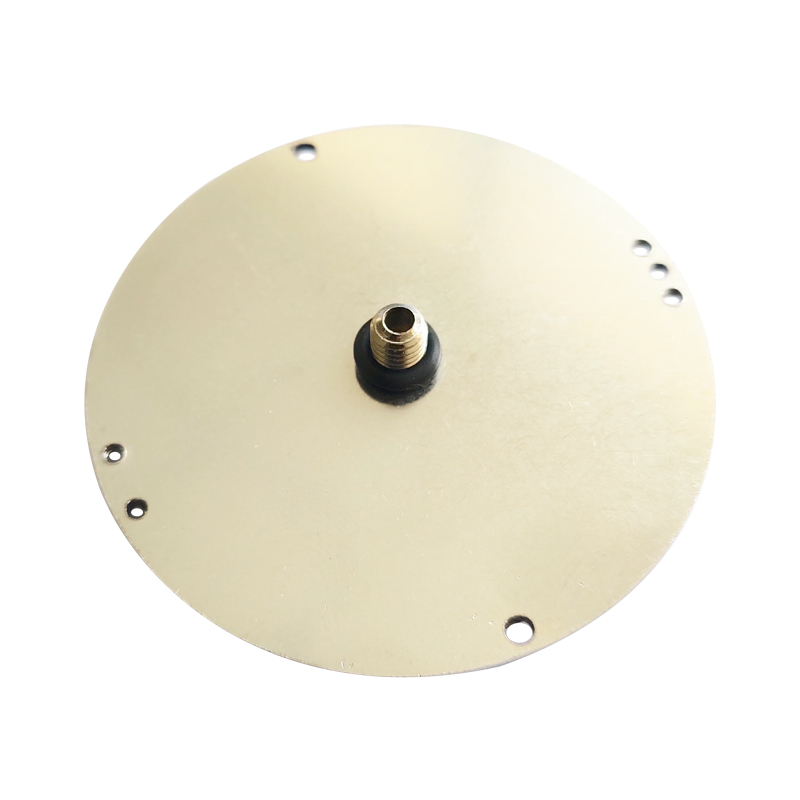
Okt . 10, 2024 11:44 Back to list
Custom Remote Diaphragm Seal Pressure Gauges for Accurate Measurement Solutions
Understanding Custom Remote Diaphragm Seal Pressure Gauges
In various industrial applications, accurate pressure measurement is a fundamental requirement for safety, efficiency, and reliability. One of the most effective solutions in challenging environments is the custom remote diaphragm seal pressure gauge. This tool is designed to deliver precise pressure readings while ensuring the integrity of the measurement process, especially in scenarios where the pressure source is either hazardous, corrosive, or located in hard-to-reach areas.
A diaphragm seal pressure gauge consists of a diaphragm that separates the measuring element from the process fluid. This design serves a dual purpose it protects the gauge's internal components from corrosive substances and allows measurement even when the process's physical characteristics are not conducive to direct contact with the sensor. The diaphragm is typically made of materials like stainless steel, Hastelloy, or Teflon, chosen based on the compatibility with the fluid being measured.
One of the key features of a custom remote diaphragm seal pressure gauge is its customization options. These gauges can be tailored to meet specific application requirements, including different process connections, temperature ranges, and pressure ratings. Customization allows for extended adaptability across various industries, from oil and gas to pharmaceuticals, water treatment, and food processing. By understanding the unique challenges each application presents, manufacturers can design diaphragm seals that ensure optimal performance.
custom remote diaphragm seal pressure gauge

Another notable aspect of remote diaphragm seals is their ability to measure pressure in inaccessible or hazardous areas. The remote configuration features a capillary tube that connects the diaphragm seal to the pressure gauge, allowing for measurement far from the source of pressure. This is particularly important in situations where direct access might pose safety risks, such as in high-pressure pipelines or in environments with toxic or highly reactive media. The designed distance also helps in preventing potential damage to the gauge itself due to extreme conditions.
Installation and maintenance are other vital considerations in choosing a diaphragm seal pressure gauge. Proper installation ensures that there are no leaks in the system, which could lead to inaccurate readings or hazardous situations. Regular maintenance checks can help in identifying wear and tear, especially on the diaphragm, which may require timely replacement to maintain measurement accuracy. Many modern gauges are equipped with built-in features that facilitate easy maintenance, making them user-friendly and reducing downtime in operational processes.
In summary, custom remote diaphragm seal pressure gauges emerge as indispensable tools in various industrial settings where accuracy, safety, and durability are paramount. Their ability to measure pressure without direct contact with the media makes them uniquely suited for challenging applications. With the potential for customization, these gauges can be tailored to meet specific industry requirements, serving not only as reliable measurement devices but also as integral components in ensuring safe and efficient processes. As industries continue to evolve and face new challenges, the innovation behind diaphragm seal technology will play a crucial role in enabling precise and reliable pressure measurements across the board.
-
High-Precision 5 Valve Manifold Differential Pressure Gauge Suppliers
NewsApr.29,2025
-
High-Precision Diaphragm Vacuum Pressure Gauges Manufacturers & Quotes
NewsApr.29,2025
-
Omega Differential Pressure Gauges High Accuracy & Durability
NewsApr.28,2025
-
Low Pressure Differential Pressure Gauges Precision Solutions & Quotes
NewsApr.28,2025
-
Digital Diaphragm Pressure Gaauge Precision Measurement & OEM Quotes
NewsApr.28,2025
-
Differential Pressure Gauge China Price High-Accuracy & Best Quotes
NewsApr.28,2025
